2020: Avatars and Life After Death
Jang Ji-Sung meets the virtual reality version of her daughter, Na-yeon, who died at the age of seven
From 2020 on Medium.
There have been many articles about the story of Jang Ji-Sung meeting the virtual reality version of her daughter, Na-yeon, who died at the age of seven. Questions about ethics and the grieving process have been raised.
I feel close to this story.
As the person who led the co-creation of Nadia, the first AI powered digital human for service delivery, and created the AI powered digital human cardiac coach with Allan Johnson, I have a both a professional and personal interest in this story to share.
People use videos, photos, voice recordings and letters to carry memories and messages. People set up memorials in virtual worlds, such as Second Life, for loved ones who have passed.
I see this application as an inevitable extension of these.
There was a time a century ago, when people didn’t have photos to keep a memory. Only the rich people perhaps had painted portraits of their loved ones as mementos.
How people grieve or take comfort has many dimensions, cultural included.
There is no right or wrong answer to this — my own personal perspective is choice.
My husband Allan Johnson and I confronted this question in 2017 when he had his 4th heart surgery.
Shortly afterwards, together we wrote this article “Immortality is available now — and it’s not as science fiction predicted”.
This was really Allan expressing his perspective, his choice.
I spoke about “Digital Immortality” in my presentation at Singularity University Exponential Medicine. Allan and I don’t see it as creepy but as having a positive humanitarian dimension.
We would like our grandsons to talk with us when we are gone, to understand, ask questions, share stories.
At the individual level, we see the consumerisation of digital humans has started with the preservation of icons: the wisdom of Deepak Chopra will be conveyed in conversations by his digital human clone, long after he has passed.
And over the coming years as the industry evolves, people more generally will be able to have a digital human clone of to hold memories and conversations about their life experiences.
After all, just like the rich people 100 years ago who were the only ones to have family portraits, why should rich people and celebrities like Deepak Chopra, be the only ones able to have a digital human clone of themselves.
I am of the view that in the field of AI, much commentary about ethics is paternalistic and mostly by vested interests. Co-designed AI powered digital human conversations break through barriers of illiteracy and disadvantage unlocking immense human potential.
Far more inclusive commentary and research is needed that encompasses AI and the ethics of opportunity enabling human agency.
I hope the discussion keeps an open mind so that this technology innovation benefits all people — the grieving, the disadvantaged, people with disability, the chronically ill — and not just the rich.




